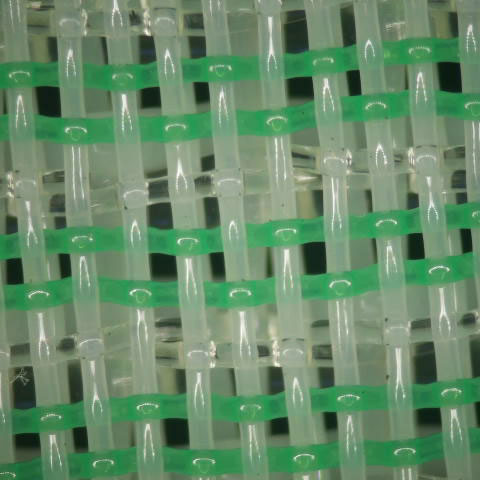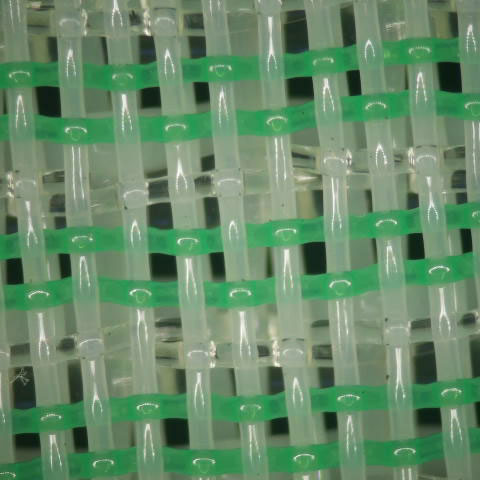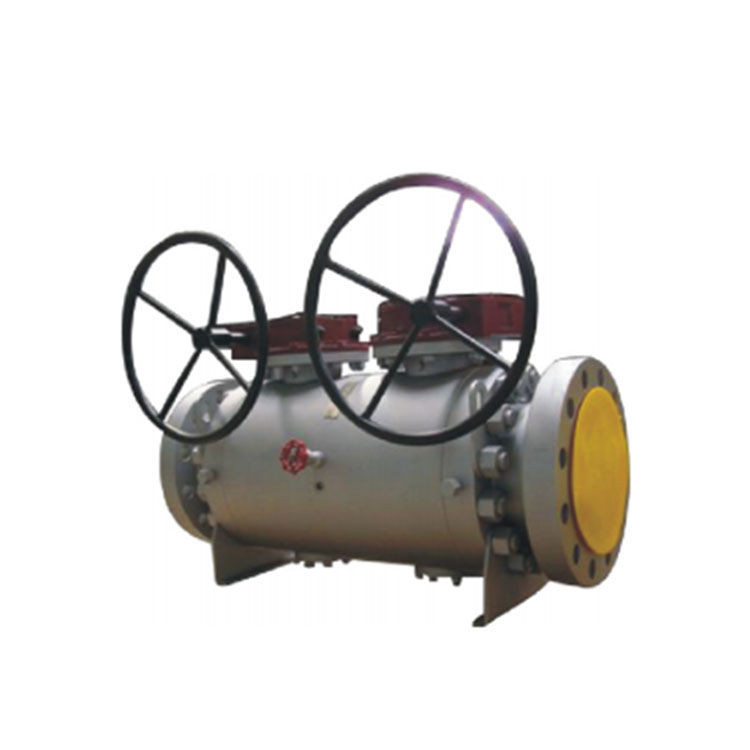Can you explain the specification of the fabric and how it impacts paper formation and drainage?
The specifications of a forming fabric, including its mesh count, filament diameter, weave pattern, and permeability, play a critical role in influencing paper formation and drainage during the papermaking process. Here's how these specifications impact these aspects:1. Mesh Count: The mesh coun......
Send Inquiry
Product Description
The specifications of a forming fabric, including its mesh count, filament diameter, weave pattern, and permeability, play a critical role in influencing paper formation and drainage during the papermaking process. Here's how these specifications impact these aspects:
1. Mesh Count: The mesh count refers to the number of warp (machine direction) and weft (cross-machine direction) threads per inch or centimeter in the fabric. A higher mesh count generally indicates finer openings between the threads. A finer mesh allows for better fiber retention and more controlled water drainage, leading to improved paper formation and reduced fines loss. On the other hand, a coarser mesh may provide faster drainage but could result in more open areas in the formed sheet.
2. Filament Diameter: The diameter of the individual yarns or filaments used in the fabric affects the size of the pores within the fabric. Thicker filaments create larger openings, while finer filaments create smaller openings. Finer filaments can contribute to better sheet formation and fiber retention by preventing smaller fibers from passing through the fabric.
3. Weave Pattern: The weave pattern, such as plain, twill, or satin weave, determines the arrangement of warp and weft threads. Different weave patterns impact water drainage, fiber retention, and fabric stability. A weave pattern with more intersections may provide better support and stability for the fibers during formation.
4. Permeability: Permeability refers to the ease with which water can pass through the fabric. Lower permeability fabrics retain more water, which can aid in fiber retention and improve paper formation. However, excessively low permeability may result in slower drainage, leading to operational challenges. Higher permeability fabrics drain water more quickly, but may have reduced fiber retention.
5. Air Permeability: Air permeability is the measure of how easily air passes through the fabric. Lower air permeability can enhance the vacuum effect in the forming section, aiding in water drainage and paper formation. Controlled air permeability is essential for achieving uniformity in paper formation and surface smoothness.
6. Surface Characteristics: The fabric's surface characteristics, including smoothness, texture, and release properties, influence its interaction with the pulp slurry. A smoother surface can contribute to improved paper smoothness and printability, while specific textures may be designed to optimize fiber retention.
7. Fabric Tension: The tension at which the forming fabric is installed on the paper machine affects how the fabric engages with the pulp slurry. Proper tensioning is crucial to ensure consistent contact between the fabric and the pulp, promoting uniform water drainage and paper formation.
8. Fabric Wear and Maintenance: Over time, forming fabrics may experience wear due to abrasion and chemical exposure. Regular maintenance and cleaning of the fabric are essential to maintaining its performance characteristics and ensuring optimal paper formation and drainage.
By adjusting these specifications, forming fabric manufacturers can tailor the fabric's performance to match the specific requirements of different paper grades, machine types, and papermaking processes. The balance between drainage efficiency and fiber retention, as influenced by these specifications, contributes to achieving the desired paper quality and characteristics.









